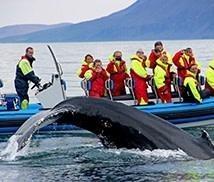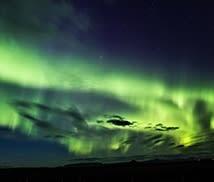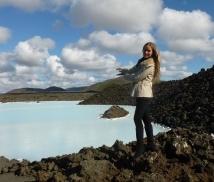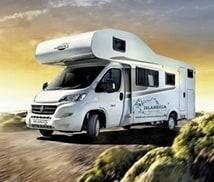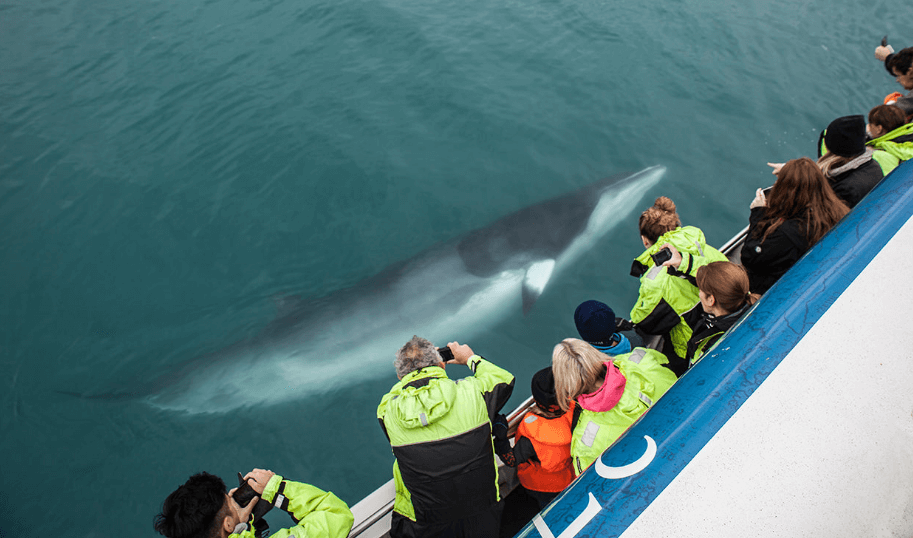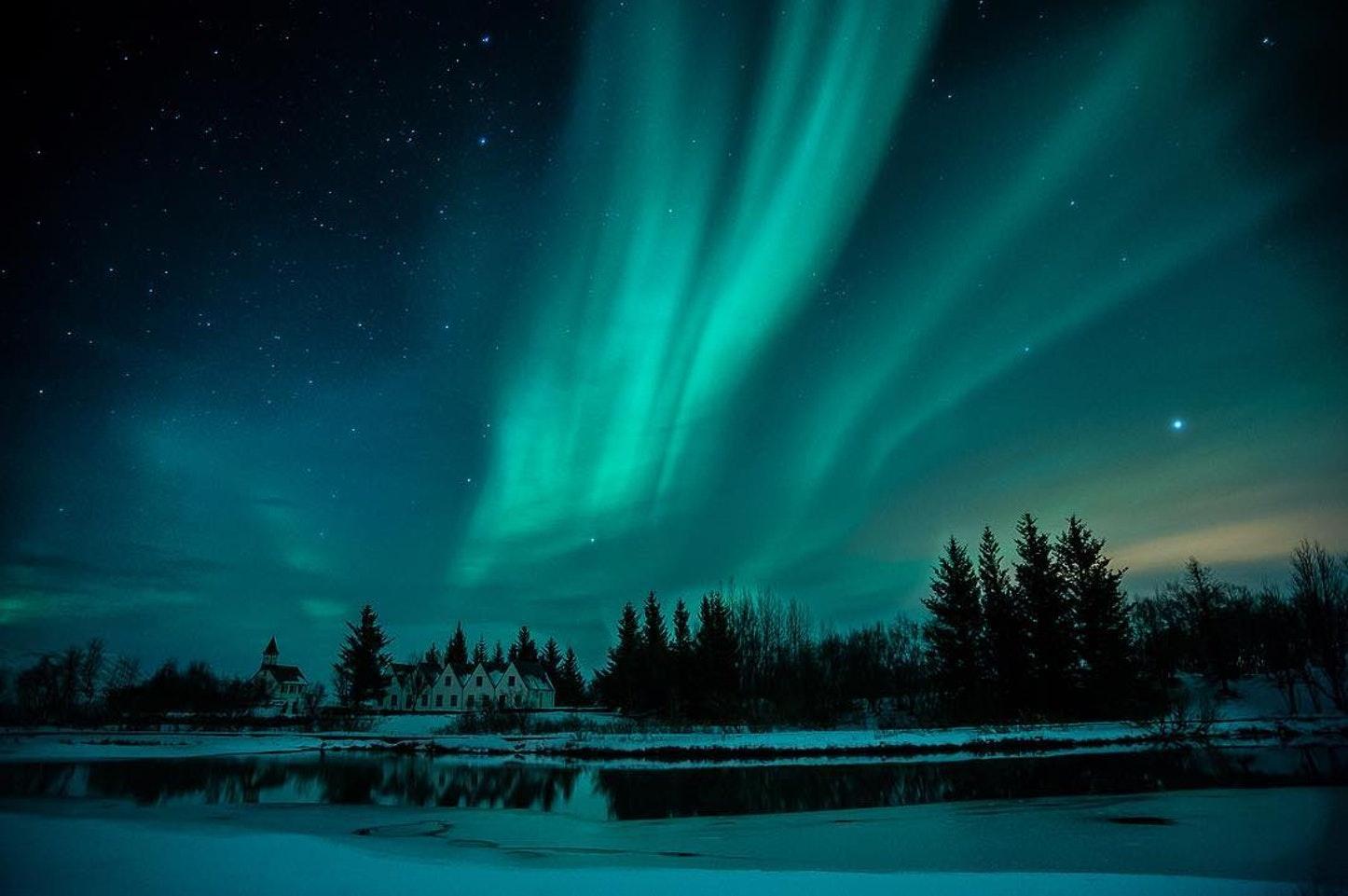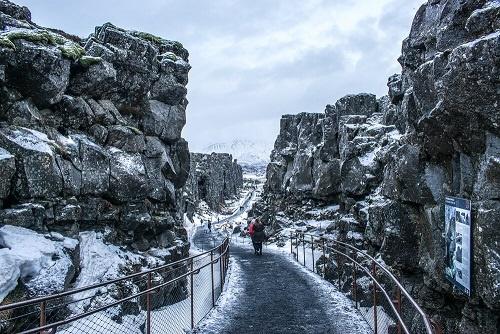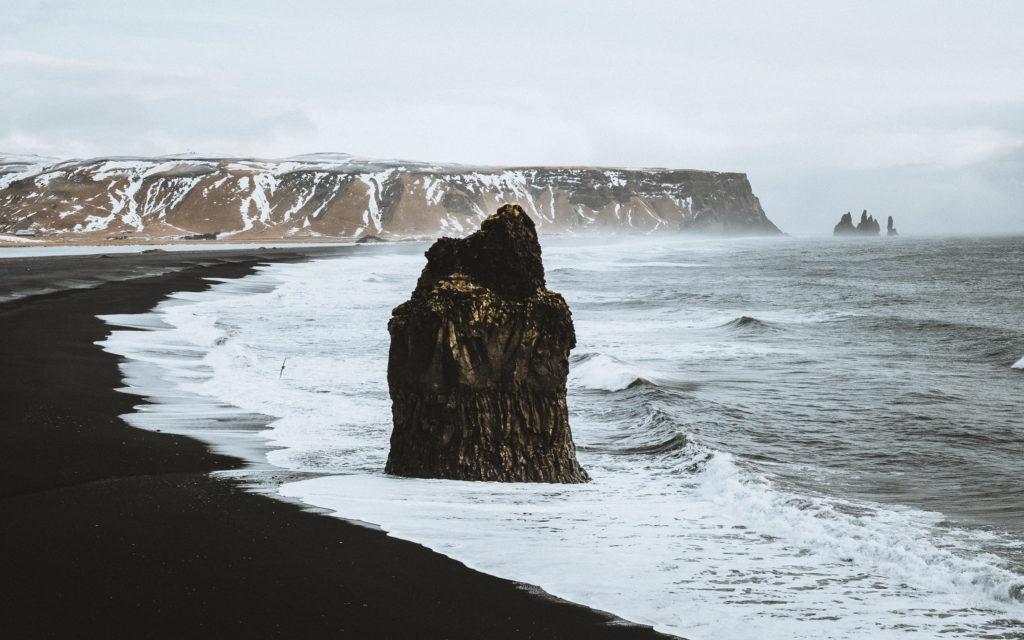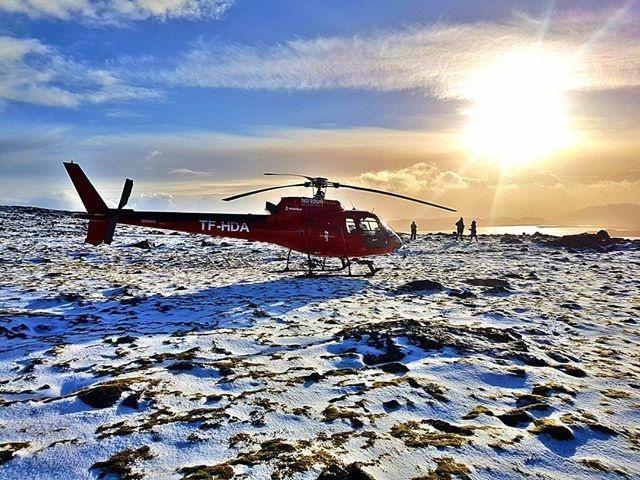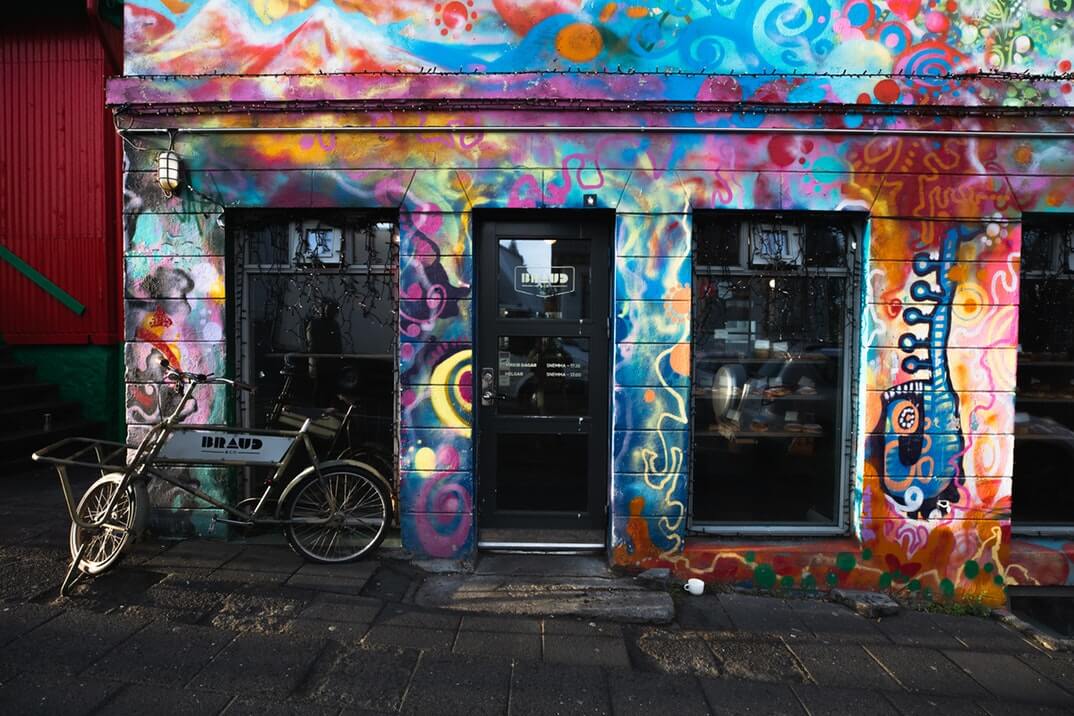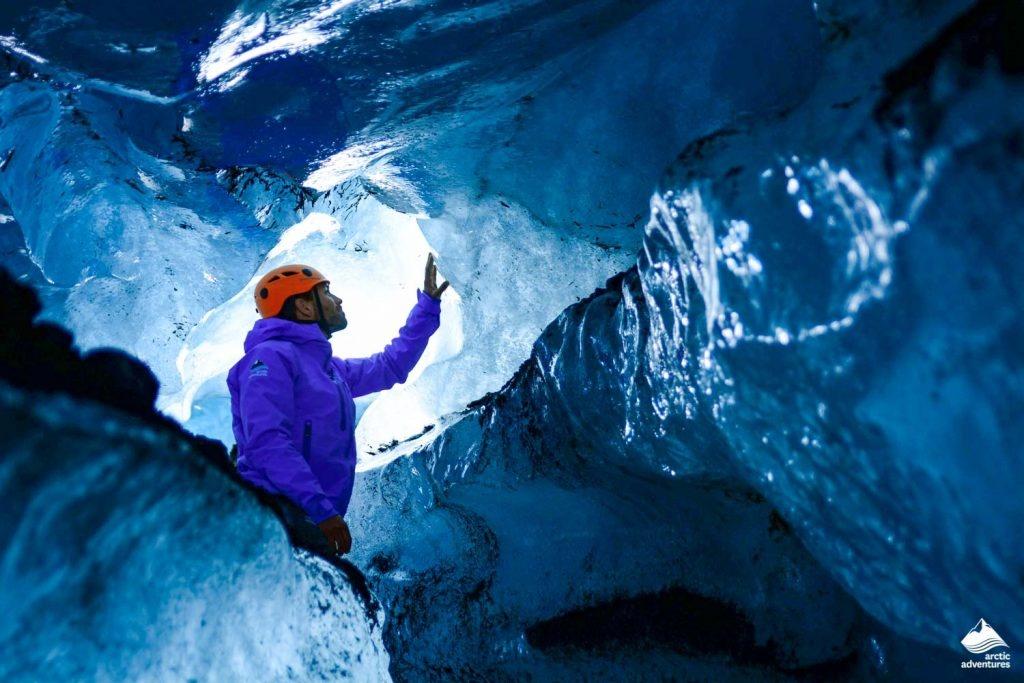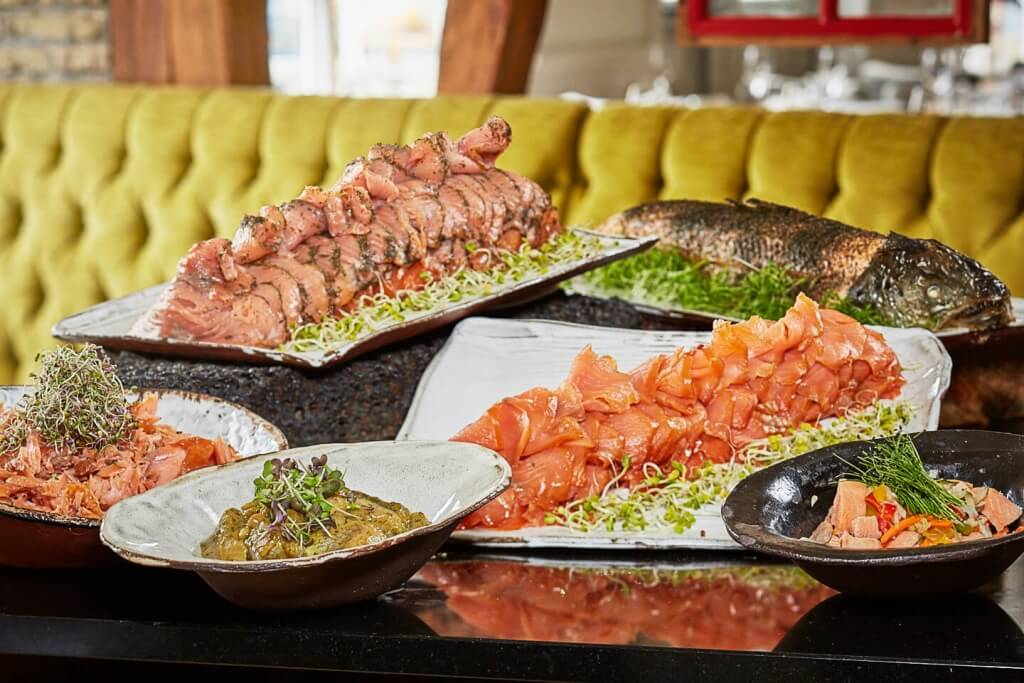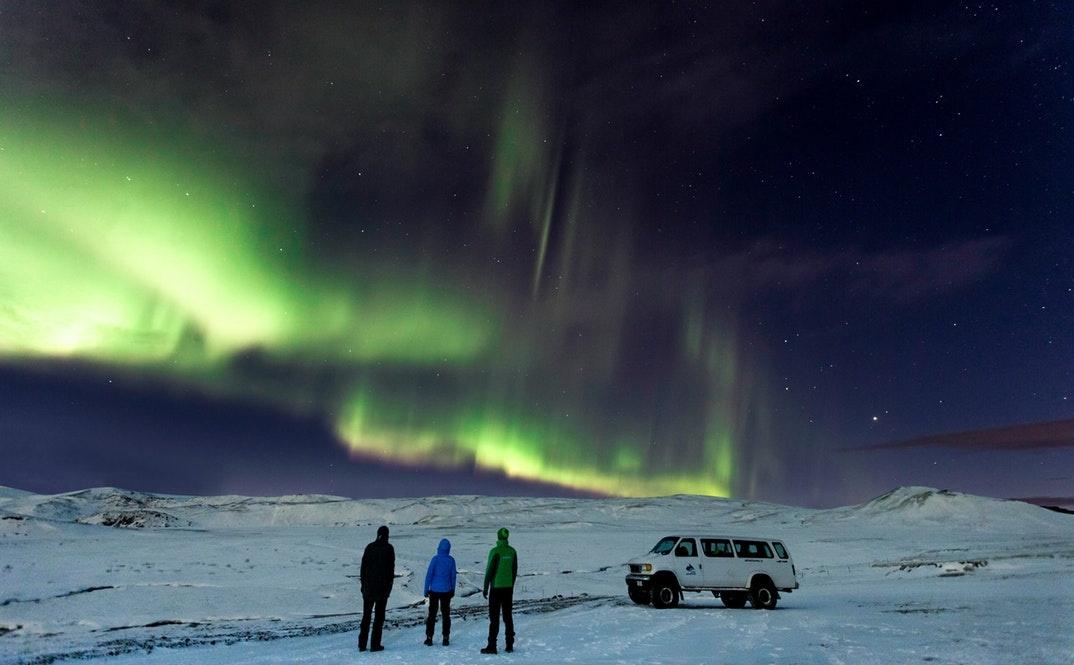REYKJAVÍK, THE CAPITAL OF ICELAND
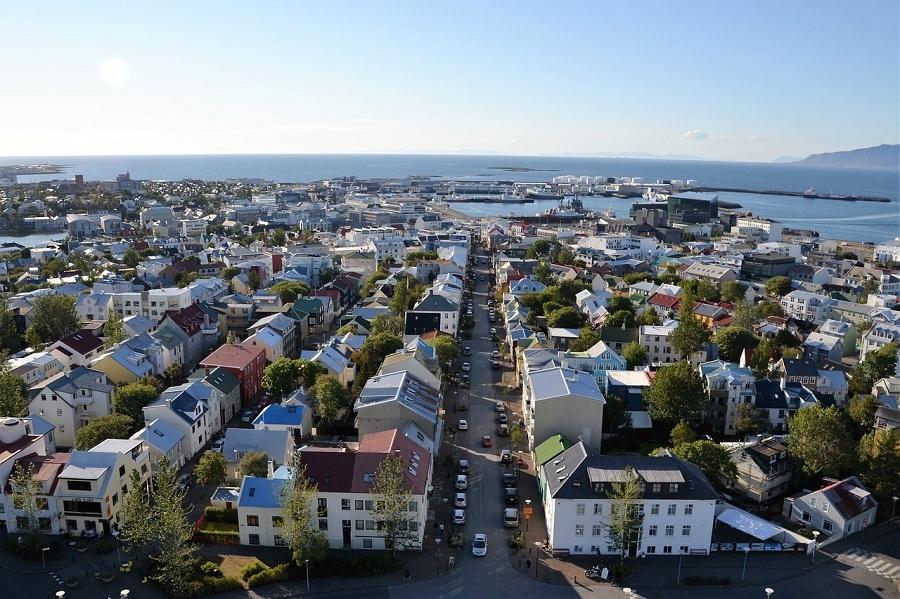
What's Reykjavík like?
In a nutshell, the capital of Iceland is modern, dynamic, creative, open, welcoming and very special.
Reykjavík is not like other European capitals, here you will not find towering buildings, historical monuments or a classic center in the medieval style of central Europe. But Reykjavík offers much more than what you find at first sight. Reykjavík is unique city, full of life, very modern but also clean, safe and very close to nature. The low and extremely brightly colorfed houses in Reykjavík give the city a special charm. Some of these little houses, with their elf and flower decorations, remind us of our childhood fairy tales.
Losing yourself in this capital is almost impossible. Two points stand out above the rest: one of them is the Hallgrímskirkja church and the other, the Öskjuhlíð hill, with the spectacular Perlan building. Stop dreaming and come to Reykjavík, it will surprise you.
OUR MOST POPULAR TOURS TO SEE AND FEEL REYKJAVÍK
Reykjavík, a green city
In Reykjavík the air is so clean that, from Faxaflói Bay, you can see all the way to the mountains about 100 km away. In fact, on a day of good visibility, you can see up to the Snafellsness glacier, which is located about 3 hours away by car.
The city is surrounded by the sea on three sides and has many open spaces and green areas. There are parks, pedestrian areas, a lake in the very center of the city and a thermal beach, Nauthólsvik, about a 15-minute walk from the center.
Reykjavík citizens try to protect their city and maintain its fame as the cleanest and most attractive capital in the world. A city without smoke and without danger. So visitors are expected to do the same so that Reykjavík never ceases to be a very clean and welcoming city.
Reykjavík, a historical city
The history of the most Nordic capital in the world dates back to 874, when its first settler, Ingólfur Arnarson, arrived. It was he who built his farm there and gave the name to this magnificent site: Reykjavík, which means "smoke bay". The name reveals one of the main qualities of Reykjavík and helps us understand the reason why Ingólfur chose this site. Finding the hot springs and seeing the smoke rising from the ground, he knew that Reykjavík was where he wanted to make his home.
The 16th century changed Reykjavík's history, as the city became an important place of commerce. But it would not be until the year 1876 when Reykjavík was finally established as an independent city, although it only had 170 inhabitants. Since then there has been a significant growth in population and by the beginning of the 20th century, it had some 6,000 citizens, which grew to 55,000 in 1950.
Today, 180,000 people, two out of three Icelanders, live in this city located in the south-west of the Faxaflói Gulf. This makes Reykjavík the most cosmopolitan city in Iceland, with many museums, galleries and cafes, which allowed it to be proclaimed in 2000, along with other European cities, as the European Capital of Culture.
The hot springs, which gave rise to the birth of Reykjavík, are today used by Icelanders to heat houses, apartment block stairs, swimming pools, parking lots and sidewalks.
Reykjavík, a city that never stops
Reykjavík is a city that never stops and always has something to offer. From big open-air concerts, to modern and original shops, excellent museums and small galleries with artists of all styles. Restaurants and nightclubs give a lot of atmosphere to the capital until late into the night and, especially during the weekends, the party does not stop until you want to.
Did you know...?
- Reykjavík only receives 4 hours of sunlight during the winter and in summer up to 20-22 hours a day.
- The average temperature in summer is below 12 ºC (although there may be days over 20 ºC), while in January it is -0.5 ºC.
- Reykjavík is the capital and the most populous city of Iceland but it only has 124,847 inhabitants (2018 data). If we count the entire region of the capital, the number reaches 222,484 (the population of Iceland as a whole is 348,450 inhabitants).
- The most common names are Jón (for men) and Gudrún (for women).
- The name "Reykjavík" is translated from Icelandic as "smoking bay".
- Although located in the southwest of Iceland, Reykjavík is the most Nordic capital in the world.
- The unemployment rate is one of the lowest in Europe.
- Major companies include video game developer CCP Games, airline Icelandair, radio station Ríkisútvarpið and biomedical engineering company Össur.
- Beer was banned until 1989 but since then it has been one of the favorite drinks of Icelanders and different craft beers can be found.
- Iceland has the oldest democratic parliament in the world. Its origins go back to 930.
- On June 17, 1944, the Republic of Iceland was founded, and a president elected by popular vote assumed the functions of the Danish monarch.
- In 1986 it hosted the summit between Ronald Reagan and Mikhail Gorbachev, highlighting Reykjavik's new political status.
- In 1972, Reykjavik hosted the World Chess Championship between Bobby Fischer and Boris Spassky.
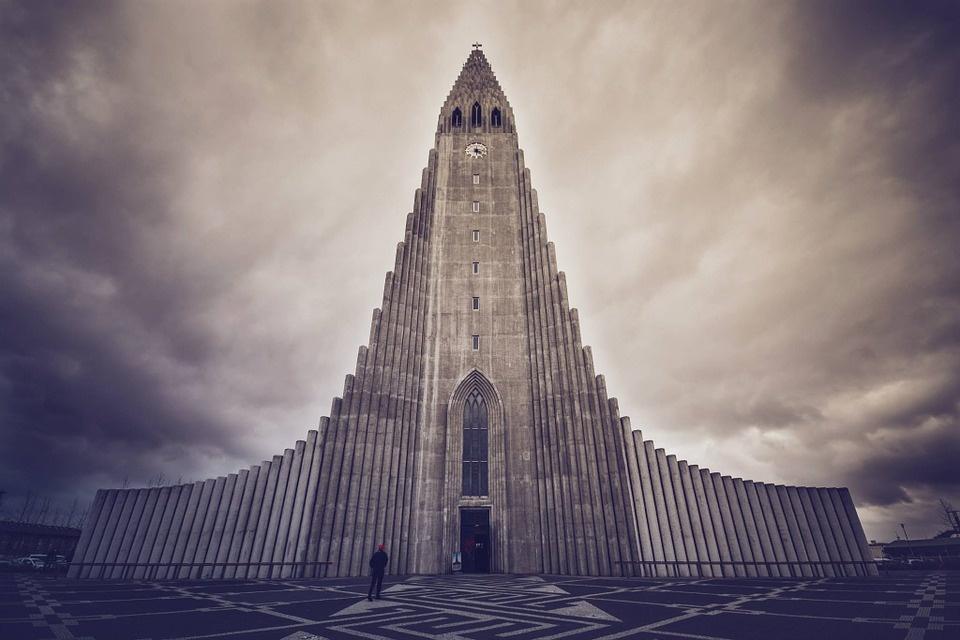
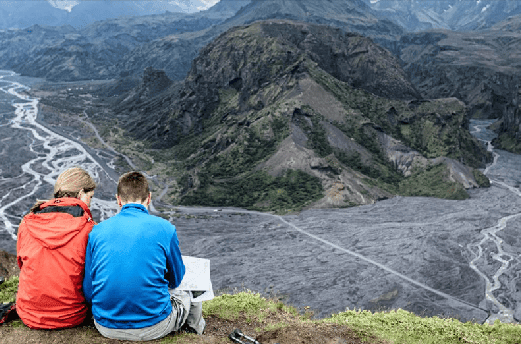
Important Note: All information provided by ISLANDIA s.r.o. is for informational purposes only. Travelers must confirm details with local service providers. Iceland is a living, dynamic natural environment, and conditions can change rapidly due to weather, natural events, or other unforeseen circumstances. ISLANDIA s.r.o. is not responsible for cancellations, delays, or disruptions caused by factors beyond its control. ID-804

 ES
ES  EN
EN 

